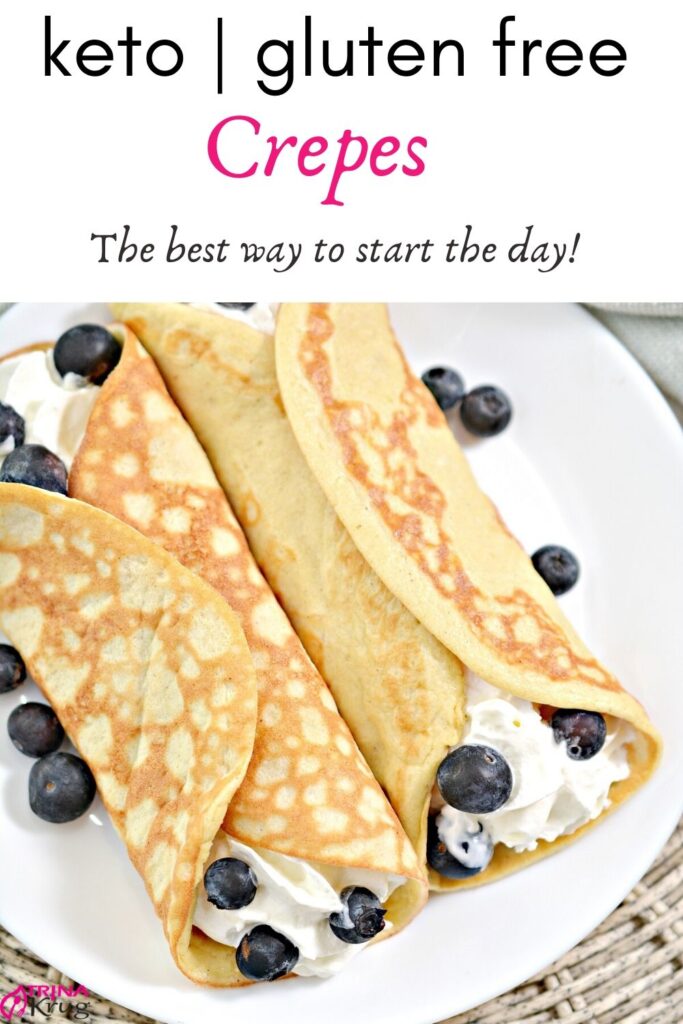Top 5 Effective Levels of Grass Fed Whey Protein for 2025
As the wellness and fitness industry continues to evolve, the demand for high-quality protein supplements remains paramount. Grass-fed whey protein has emerged as one of the most sought-after options due to its numerous health benefits. Whether you're looking to enhance your athletic performance, aid muscle recovery, or support weight management, understanding the various levels of whey protein powder available can help you make informed choices for your nutrition. This article delves into the top five effective levels of grass-fed whey protein for 2025, highlighting specific attributes and benefits.
By focusing on the benefits and features of grass-fed whey protein, we aim to provide a roadmap that includes different product types, nutritional facts, and tips for incorporating these protein supplements into your diet. The key takeaways from our discussion will empower you to make the best choices for your health and fitness goals.
Essential Guide to Grass Fed Whey Protein Types
Building on the fundamentals of whey protein, it’s crucial to understand the different types available and their unique nutritional profiles. Grass-fed options generally include whey protein isolate, concentrate, and hydrolysate. Each of these levels offers distinct benefits that cater to various dietary needs and fitness goals.
Whey Protein Isolate: Purity and Performance
Whey protein isolate is known for its high protein content, typically featuring around 90% protein by weight. This purity allows for faster digestion and absorption, making it an excellent choice for athletes and fitness enthusiasts seeking quick recovery post-workout. Moreover, it is low in fats and carbohydrates, positioning it as an ideal option for those on a weight loss journey. Sports nutrition specialists often recommend whey protein isolate for muscle gain and enriched performance.
Whey Protein Concentrate: Balanced Nutrition
Whey protein concentrate usually contains about 70-80% protein and also retains some fats and carbohydrates, offering a more balanced nutritional profile. This level of whey is often preferred for those looking to increase their overall protein intake without sacrificing taste or other macronutrients. With its rich amino acid profile, whey protein concentrate is particularly beneficial for muscle repair and growth, making it a popular choice among bodybuilders.
Hydrolyzed Whey Protein: Fast-Acting Solution
Hydrolyzed whey protein is pre-digested, allowing for even faster absorption rates. This makes it ideal for athletes needing immediate recovery post-exercise. It contains amino acids that promote muscle synthesis and improve performance. While it often comes at a premium price, the benefits are significant, especially for those engaged in rigorous training. Hydrolyzed whey protein can aid in improved protein absorption for enhanced muscle building and recovery.
Quality Grass Fed Whey: Health Benefits and Features
With these basics established, it’s important to consider the quality of the whey protein you choose. Grass-fed sources ensure higher standards of animal welfare and typically provide superior nutritional profiles compared to conventional whey. Let's explore the features that differentiate quality grass-fed whey protein.
Nutrition and Health Benefits of Grass Fed Whey
Grass-fed whey protein is rich in essential nutrients, including omega-3 fatty acids and vitamins that are often absent in grain-fed alternatives. Studies show that this higher nutritional quality correlates with greater health benefits, including enhanced muscle recovery and improved immune function. Additionally, the anti-inflammatory properties attributed to grass-fed whey can support overall health and well-being.
Protein Absorption Rates: Why They Matter
Understanding protein absorption rates is vital for optimizing your fitness results. Grass-fed whey protein is noted for its superior digestion rates, which help facilitate protein absorption necessary for muscle repair and growth. This swift absorption is particularly important for post-exercise nutrition, where time is of the essence in replenishing lost nutrients.
Choosing the Right Whey Protein for Your Goals
When selecting the best grass-fed whey protein, individuals should consider their specific goals—whether it’s muscle building, weight loss, or general wellness. For athletes, whey protein isolate may be the ideal choice due to its rapid absorption and high protein content. Conversely, those seeking balanced nutrition may prefer whey concentrate. Reading labels and researching brands can help ensure you're selecting quality products that align with your health objectives.
Incorporating Grass Fed Whey Protein Into Your Diet
Having established the benefits and types of grass-fed whey protein, it’s time to discuss practical ways to incorporate these protein supplements into your daily routine. This naturally leads us to various recipes and applications that can add flavor and nutrition to your meals.
Diverse Uses: From Shakes to Snacks
Whey protein powders can seamlessly fit into your diet. One popular method of consumption is through smoothies, where you can blend your favorite fruits with whey for a nutritious breakfast or post-workout snack. Another way is integrating it into baked goods—think pancakes or muffins—allowing you to enjoy delicious treats without sacrificing nutrition. Consider experimenting with flavored whey protein for a tasty twist on your recipes.
Whey Protein Recipes for Fitness
Integrating easy whey protein recipes into your meals can significantly enhance your dietary regimen. For example, a whey protein smoothie with spinach and banana serves as an energizing breakfast, while whey protein pancakes provide a hearty post-workout meal to fuel recovery. Searching for and sharing recipes online can inspire creativity in your cooking while ensuring you meet your protein requirements throughout the day.
Safety and Considerations
When consuming whey protein, it’s essential to consider potential allergies or intolerances. Ensuring you choose a clean protein powder with minimal additives will help avoid gastrointestinal issues some may encounter. It is also wise to consult with a healthcare provider, especially if you're a senior or have pre-existing conditions that may influence your protein needs.
Q&A: Common Questions About Grass Fed Whey Protein
1. What are the benefits of grass-fed whey protein?
Grass-fed whey protein offers higher nutritional value, enhanced amino acid profiles, and better absorption rates compared to conventional whey. This leads to improved muscle recovery, reduced inflammation, and overall better health outcomes.
2. How do I determine the best type of whey protein for my needs?
Your specific health goals will guide your choice. For muscle building and recovery, whey isolate is recommended. For balanced nutrition, consider whey concentrate. Experimentation and reading product labels can help you make the best decision.
3. Are there any side effects associated with whey protein?
While generally safe, some individuals may experience gastrointestinal issues or allergic reactions. It's essential to start with small doses and consult a healthcare provider if you have concerns.
4. Can whey protein help with weight loss?
Yes, whey protein can aid in weight loss by providing a high-quality protein source that helps control appetite and increases thermogenesis, which in turn boosts metabolism.
5. How should I incorporate whey protein into my diet effectively?
Incorporate whey protein into different meals as smoothies, bars, or baked goods. Monitor your intake to align with your overall dietary goals and physical activity levels.


